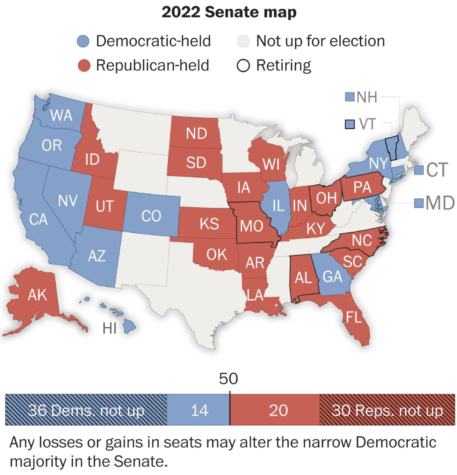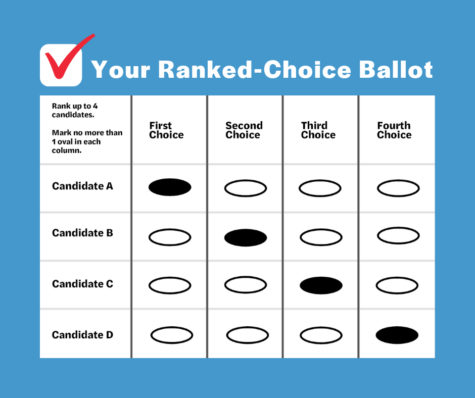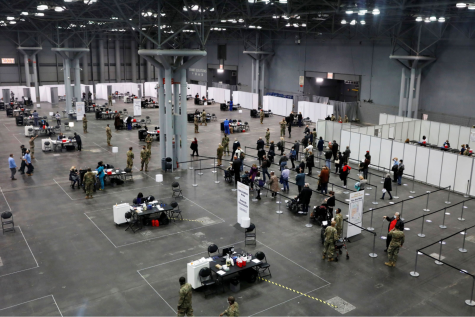What Are Remote Fridays Like?
COVID-19 has crippled the education system all over the world, and only recently have schools been trying to re-open. Since late September of this year, Berkeley Carroll has adopted a hybrid schedule. On Fridays, students have a modified schedule of a single class for the entirety of the day, and students have the option to go into school or stay at home.
I personally had some questions for those students who choose to stay at home during these Fridays despite the Zoom fatigue we all know and hate. So, how have these remote Fridays been treating the at-home students?
I spoke with a student from the Class of 2023 who has been doing remote Fridays since the beginning of this school year:
This student illustrated, despite my previous expectations, that remote Fridays are not unbearable. However, they do feel relatively useless; according to the student, on remote Fridays, they end up doing much less work than a normal Zoom day.
As for specific issues this student has noticed, they stated that while clear effort has been made, since those at home are learning on a different platform, “Teachers should not be trying to teach the stay-at-home students in the same way because we can’t focus as well; the teachers will most likely be looking at the in-class students instead.” Not as much attention is given to the at-home students, which could contribute to the feeling of uselessness throughout the day. Similarly, remote students have much more difficulty contributing to class and group activities.
I also asked the student if there were any changes to these remote Fridays that would make it a more enjoyable/worthwhile experience. To this, the student replied: “Treat us as if we’re in an everyday Zoom, like have different tasks for Zoom students versus in-person students.”
It seems that Zoom fatigue isn’t the main culprit of student dissatisfaction with the remote Fridays.
Wanting to gather more information, I spoke with Joseph G. ‘22 about his first remote Friday experience:
Joseph had a half-day of Wind Ensemble this week, which is a small class of about 10 students. He has already had this class in-person, so comparing that to his remote experience was relatively easy.
Joseph: “I was expecting to feel a lot more isolated in remote because music on Zoom doesn’t really translate to the in-person experience; I had to mute and play along with the band that way.”
Feeling more isolated seems like a common theme when discussing remote Fridays, for a good reason at that. Those at home simply don’t get the same attention as the in-person students.
Similar to the previous interview, I asked him what he thought the strengths of the remote variation of this class were.
Joseph: “Mr. Robinson did a good job including the remote people in a group conversation and playing even though we were all on mute.”
When I asked him about possible improvements, he indicated that instead of listening to their music pieces, it would have been more beneficial to actually practice more. While this critique seems exclusive to music, we can draw parallels to other classes as well. For example, maybe time would be better spent practicing and perfecting material that isn’t necessarily new to the students rather than taking notes on more unknown topics.
Finally, I asked Joseph if he thought there were any learning discrepancies between remote and in-person experiences; are there any major setbacks to the remote option?
Joseph: “Remote is a little more inconvenient for both the student and the teacher, but I don’t see it as reducing the quality or level of education versus in-person Fridays.”
Here we have two slightly different points of view on remote Fridays. One party says there is a significant gap in learning ability and opportunity, and the other says the opposite. It all comes down to the class and the teacher’s ability to include the remote students just as much as the in-person students. Personally, based on the information presented, I agree with the conclusions both students have come to about their respective experiences. It is very difficult to equally incorporate both in-person and at-home students in one classroom, and it seems as if slightly more could be done to more effectively adapt to COVID-19; of course, this is mostly subjective, so if you are a student having a slightly harder time in remote learning on Fridays, let your teachers know how they can be more inclusive to make that learning gap smaller.









